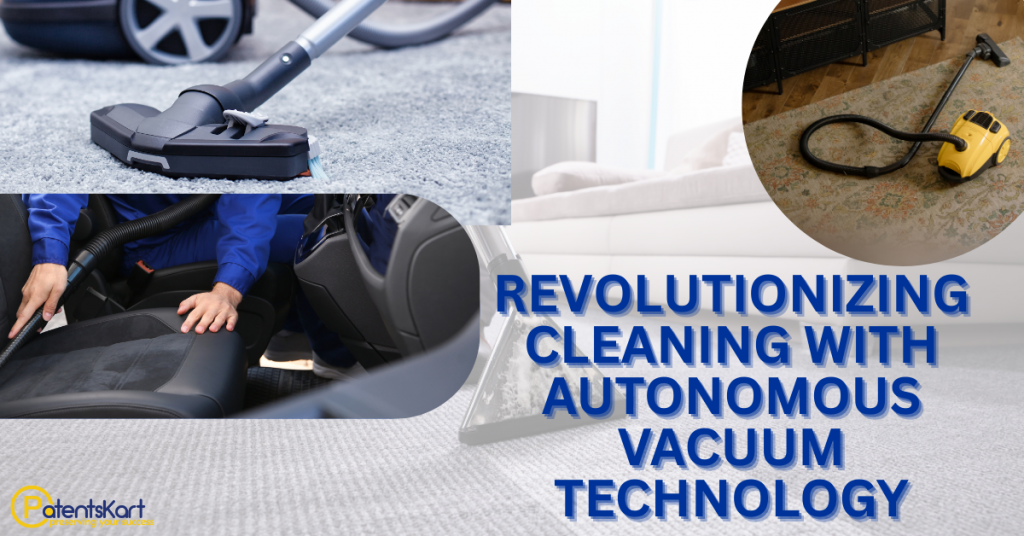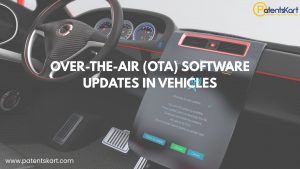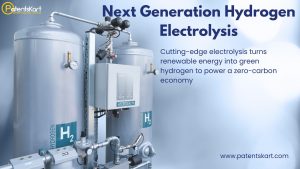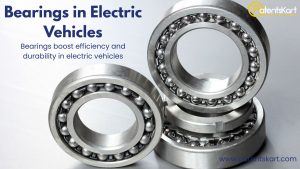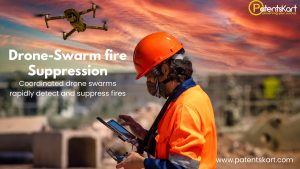Autonomous vacuum cleaners are revolutionizing cleaning across residential, commercial, and industrial environments. These devices integrate advanced technologies, offering smart, efficient, and user-friendly solutions. PatentsKart‘s recent Technology Landscape Report delves into core technologies, their readiness levels, subsystems, and strategic insights for stakeholders.
Specific Technology Solutions and Their Relative Strengths
The report identifies eight critical technologies driving the evolution of autonomous vacuum cleaners:
✅ Control Systems: The brain of these devices, enabling navigation, sensory input processing, and task execution. With a Technology Readiness Level (TRL) of medium, this technology is mature and widely adopted.
✅ Sensors: Covering proximity, touch, environmental, and visual sensors, these enable real-time navigation and obstacle avoidance. Sensors are highly developed (TRL high), reflecting extensive global patent activity.
✅ Mapping: Using Simultaneous Localization and Mapping (SLAM), these vacuums create real-time maps for efficient navigation. Mapping technology is at TRL high, indicating high market readiness.
✅ Path Planning: Algorithms for route optimization and obstacle avoidance are essential for maximizing cleaning coverage. This technology is still emerging (TRL low), indicating room for development.
✅ Safety Features: Ensuring user safety and device longevity with alerts and notifications. Safety technologies remain in their infancy (TRL low), suggesting a niche for innovation.
✅ Cleaning Methods: Combining wet, dry, and multi-mode cleaning approaches, this technology is in its early stages (TRL low), presenting significant growth opportunities.
✅ Application of Cleaning Robots: From residential to industrial use, cleaning robots showcase a well-established TRL high.
✅ Data Processing: Leveraging AI and machine learning, data processing enhances decision-making and operational efficiency. With a TRL of low, this technology is emerging but holds transformative potential.
Vendors Across Different Subsystems
Leading players dominate various subsystems, driving innovation and adoption:
🏡 Residential Cleaning: Samsung, LG, iRobot, and Vorwerk offer robust solutions with features like app control and pet hair removal.
🏢 Commercial Applications: Nilfisk and Tennant provide robots optimized for large areas, including offices and retail spaces.
🏥 Healthcare Solutions: Companies like Ecovacs and Brain Corp integrate HEPA filtration and disinfection capabilities for sterile environments.
🏭 Industrial Cleaning: Avidbots and Amicro Semiconductor develop rugged robots designed for warehouses and manufacturing floors.
🌿 Outdoor Applications: Husqvarna and Robomow lead with autonomous lawn mowers, while Shenzhen Kwunphi focuses on solar panel cleaning.
Strategic Recommendations
The report outlines key strategies for stakeholders to capitalize on the evolving landscape:
🔹 Immediate Investments: Residential cleaning and healthcare applications offer quick returns with high demand for advanced cleaning solutions.
🔹 Long-Term Opportunities: Develop smart home integration and vertical cleaning robots capable of handling walls, windows, and ceilings.
🔹 Monitoring Niche Technologies: Address eco-friendly solutions like solar panel cleaning and explore innovative underwater robotics for specialized environments.
Conclusion
The technology landscape of autonomous vacuum cleaners presents a dynamic blend of matured innovations and emerging opportunities. As sensors, mapping, and AI-based data processing become mainstream, newer applications like smart home integration and sustainable cleaning are on the horizon. Companies can leverage these insights to drive targeted investments, cater to diverse markets, and redefine the future of automated cleaning solutions.
For more insights, detailed landscape dashboards, and tech market research reports, follow PatentsKart or reach us at info@patentskart.com. Let us help you stay ahead in the ever-evolving tech landscape.

